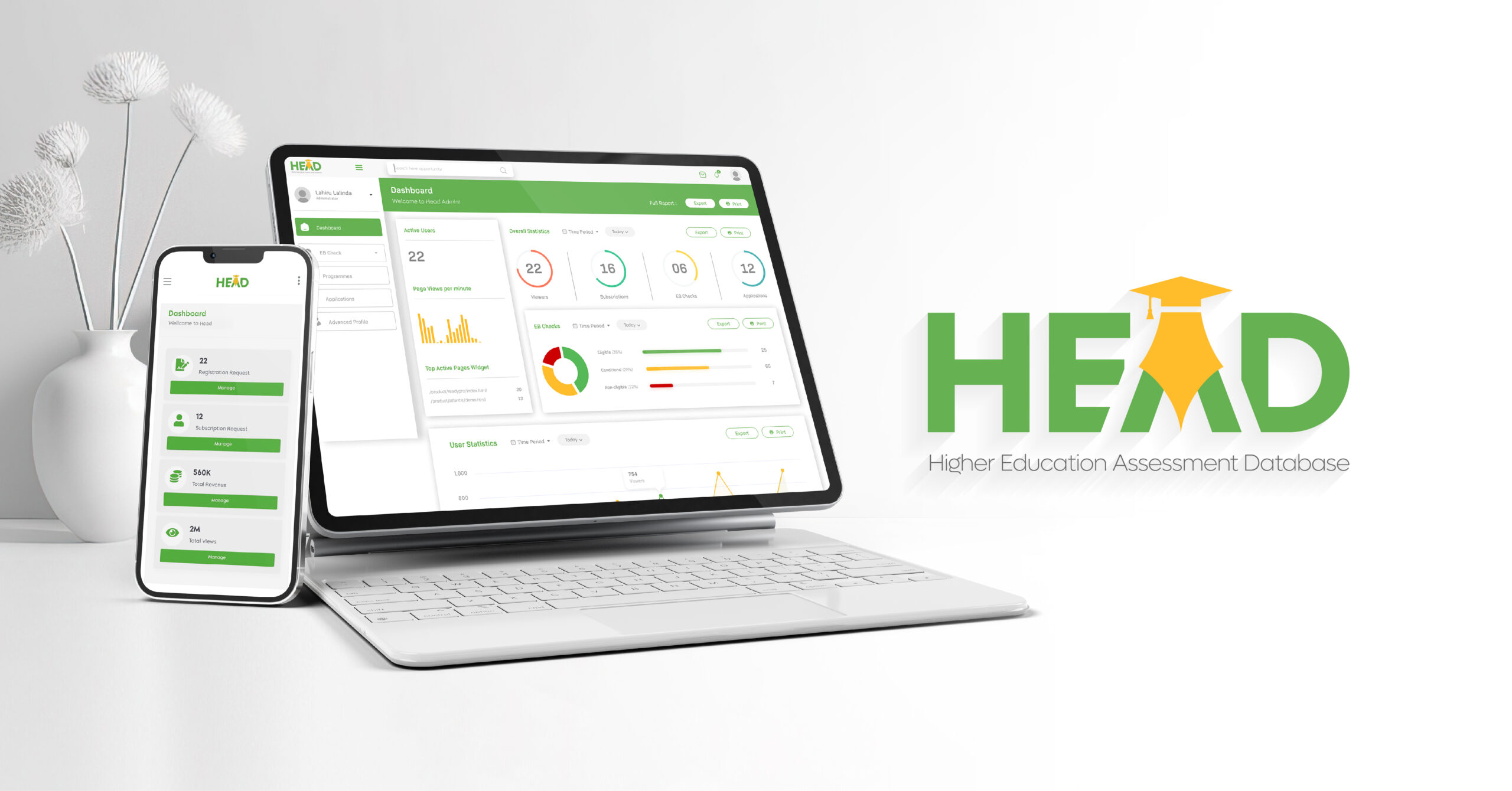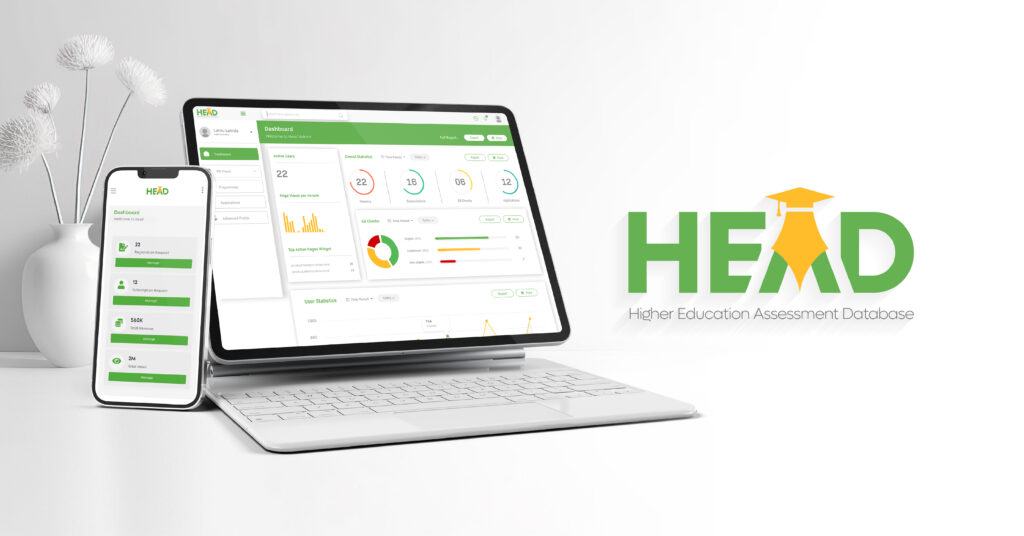Data-Driven Decision Making
One of the hallmarks of effective enrollment management is the use of data-driven decision making. By leveraging data analytics and predictive modeling, institutions can gain valuable insights into student behavior, preferences, and outcomes. From identifying recruitment trends to forecasting enrollment patterns, data-driven decision making enables institutions to allocate resources strategically, optimize recruitment strategies, and improve student success initiatives.
Streamlining Communication Channels
Effective communication is critical throughout the enrollment process, from initial inquiry to enrollment confirmation. By streamlining communication channels and leveraging technology solutions such as automated messaging and chatbots, institutions can enhance engagement, provide timely support, and improve the overall applicant experience. By centralizing communication channels and providing personalized, responsive support, institutions can build stronger relationships with prospective students and increase enrollment yield.

Embracing Automation
Automation is a powerful tool for streamlining administrative tasks, reducing manual errors, and improving operational efficiency in enrollment management. By automating routine processes such as application processing, document verification, and communication workflows, institutions can free up staff time, minimize administrative burden, and focus on strategic initiatives to enhance student success. Additionally, automation enables institutions to scale their enrollment operations effectively, accommodating fluctuations in demand and workload.
Ensuring Accessibility and Equity
Accessibility and equity are core principles in enrollment management, ensuring that all students have equal opportunities to access higher education. Institutions must proactively address barriers to access, including financial barriers, language barriers, and physical barriers, to ensure that enrollment processes are inclusive and equitable for all students. By implementing accessibility features such as multilingual support, financial aid assistance, and accommodations for students with disabilities, institutions can create a more welcoming and inclusive enrollment environment.
Driving Innovation and Continuous Improvement
Innovation is essential for staying competitive in today’s higher education landscape. Institutions must continuously innovate and adapt to changing student needs, market dynamics, and technological advancements to remain relevant and effective in enrollment management. By fostering a culture of innovation, embracing emerging technologies, and collaborating with industry partners and stakeholders, institutions can drive positive change, improve outcomes, and enhance the overall student experience.
Conclusion
Optimizing enrollment management is a multifaceted endeavor that requires strategic planning, data-driven decision making, and a commitment to continuous improvement. By leveraging insights from industry trends and best practices, institutions can enhance their enrollment processes, increase efficiency, and ultimately, achieve their enrollment goals. At HEADleads, we are dedicated to supporting institutions in their journey to optimize enrollment management and drive student success.

